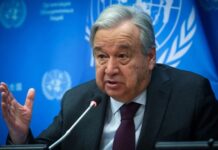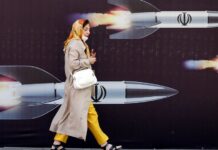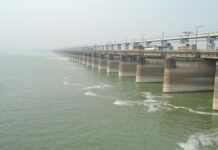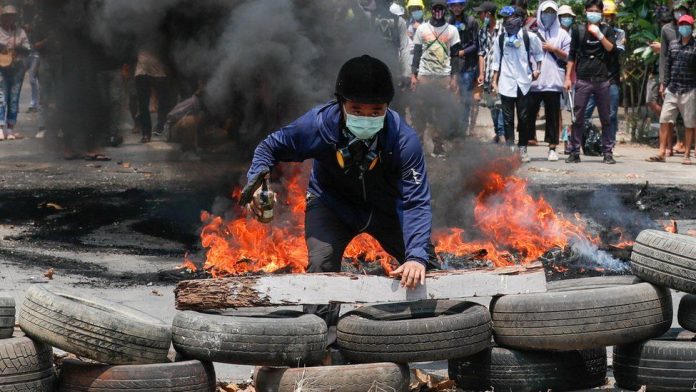Dailynewsun Desk:
Dozens of people have been killed by security forces in Myanmar, on the deadliest day since last month’s military takeover of the country.
At least 91 deaths, including children, were recorded by the Assistance Association for Political Prisoners (AAPP), a local monitoring group.
“They are killing us like birds or chickens, even in our homes,” resident Thu Ya Zaw told Reuters news agency in the central town of Myingyan. “We will keep protesting regardless.”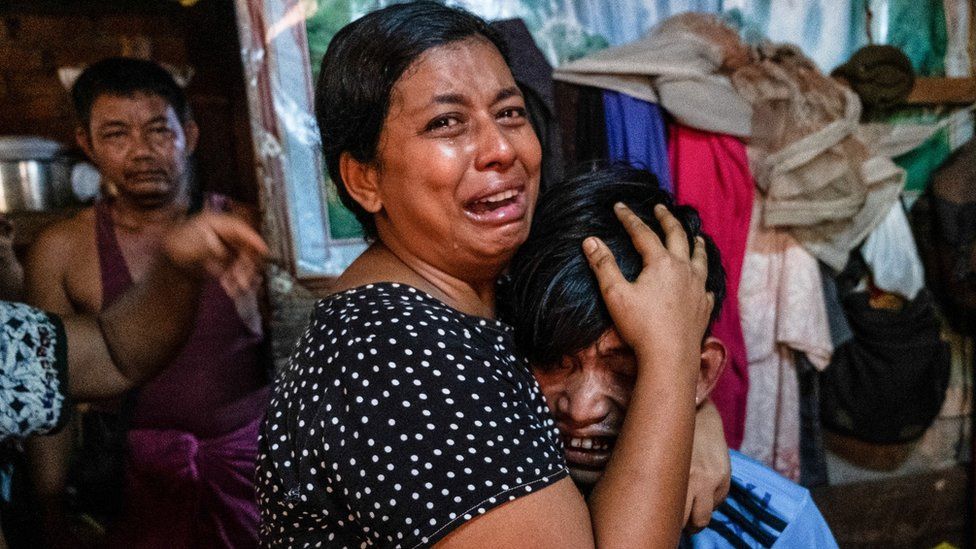
The lethal crackdown came as protesters defied warnings and took to the streets on the annual Armed Forces Day. US, UK and EU officials condemned the violence, with British Foreign Minister Dominic Raab calling it a “new low”.
The latest deaths would take the number killed in the suppression of protests in Myanmar since the 1 February coup to more than 400.
The military seized control of the South East Asian country after an election which Aung San Suu Kyi’s National League for Democracy (NLD) party won by a landslide.
What is happening on the streets?
Defying military threats, protesters gathered across Myanmar, also known as Burma, on Saturday.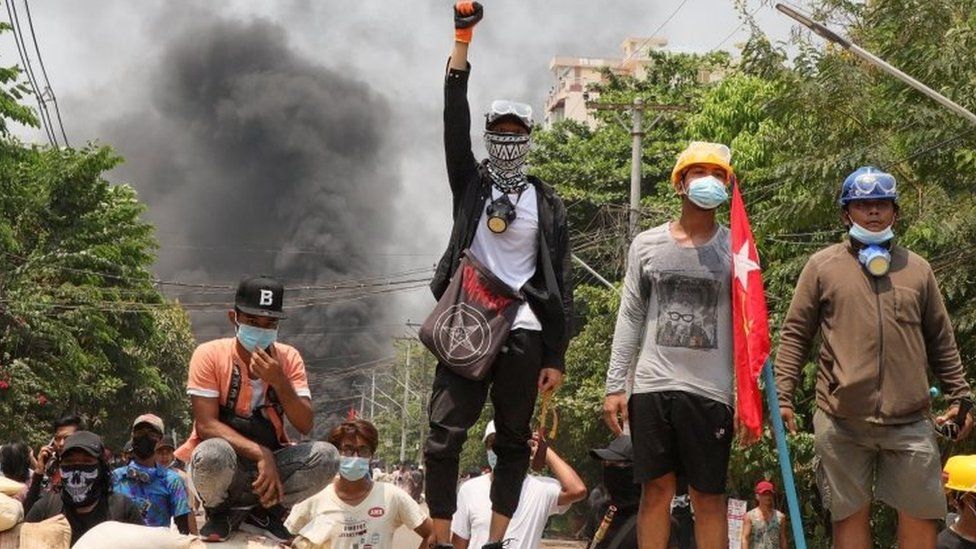
State TV had warned in a broadcast the previous day that people “should learn from the tragedy of earlier ugly deaths that you can be in danger of getting shot to the head and back”.
Security forces were out in strength trying to prevent rallies. Images shared on social media showed people with gunshot wounds and families mourning.
The director of the Burma Human Rights Network in UK told the BBC the military had shown it had “no limits, no principles”.
“It’s a massacre, it’s not a crackdown anymore,” Kyaw Win said.
Children among the dead and injured
A one-year old girl was hit in the eye with a rubber bullet as she played on the pavement near her home in a suburb of Yangon.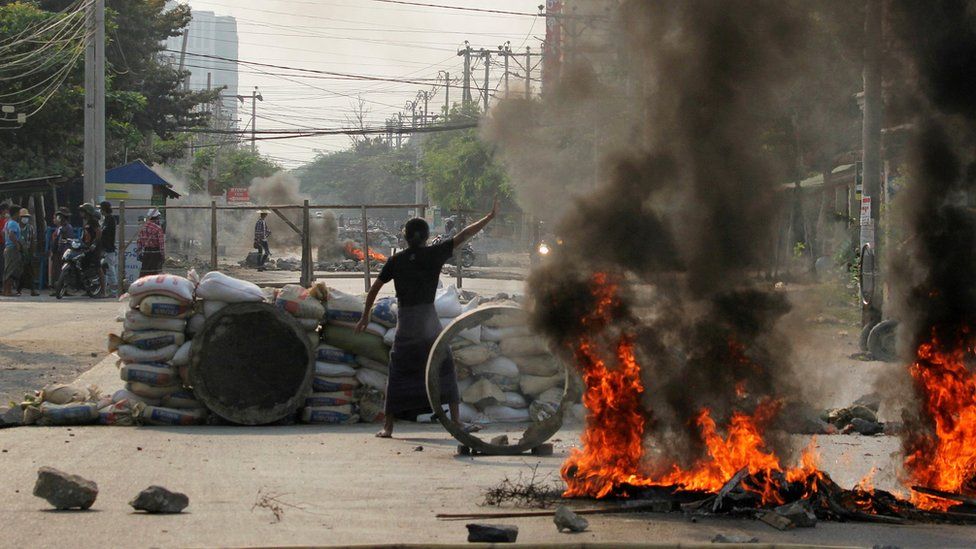
A five-year-old boy in Mandalay is fighting for his life after being shot in the head by security forces.
Across the country, children are amongst the injured and the dead in the bloodiest day since the coup on the 1 February.
Fourteen-year-old Pan Ei Phyu’s mother says she rushed to close all the doors when she heard the military coming down her street. But she wasn’t fast enough. A moment later, she was holding her daughter’s blood soaked body.
“I saw her collapse and initially thought she just slipped and fell. But then blood spurted out from her chest,” she told BBC Burmese from Meiktila in central Myanmar.
What has the reaction been?
The violent scenes in Myanmar were widely condemned.
The US embassy said security forces were “murdering unarmed civilians”, while the EU delegation to Myanmar said the 76th Armed Forces Day would “stay engraved as a day of terror and dishonour”.
British Ambassador Dan Chugg said the security forces had “disgraced themselves”.
What did the coup leader say?
The military has not commented on the killings. In an Armed Forces Day TV address, coup leader Min Aung Hlaing reiterated a promise to hold elections, but did not give a timeframe.
“The army seeks to join hands with the entire nation to safeguard democracy,” he said. “Violent acts that affect stability and security in order to make demands are inappropriate.”
He added that the army had to seize power because of “unlawful acts” by democratically-elected leader Ms Suu Kyi and her party.
Myanmar profile
Myanmar, also known as Burma, became independent from Britain in 1948. For much of its modern history, it has been under military rule.
Restrictions began loosening from 2010 onwards, leading to free elections in 2015 and the installation of a government headed by veteran opposition leader Aung San Suu Kyi the following year.
In 2017, Myanmar’s army responded to attacks on police by Rohingya militants with a deadly crackdown, driving more than half a million Rohingya Muslims across the border into Bangladesh in what the UN later called a “textbook example of ethnic cleansing.”




